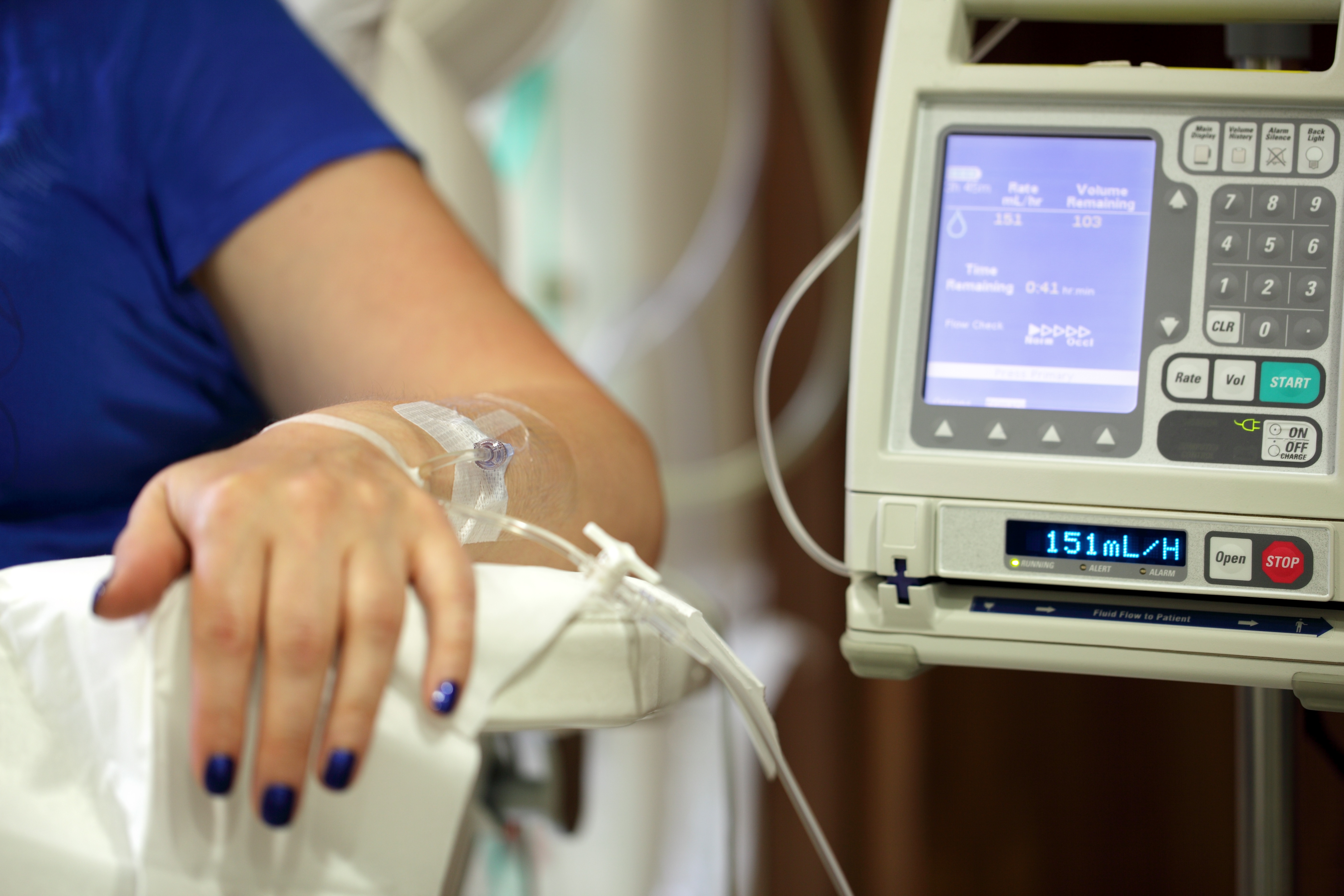A Phase 2 clinical trial led by Dr. Kristie Blum at Ohio State University Comprehensive Cancer Center revealed encouraging results for the therapeutic combination of rituximab and Velcade in patients with specific subtypes of non-Hodgkin’s lymphoma. The study is entitled “A Phase II Study of Velcade (Bortezomib, PS-341) and Rituximab in Relapsed/Refractory Mantle Cell and Follicular Non-Hodgkin’s Lymphoma”, and the clinical trial identifier is NCT00201877.
Lymphoma refers to a cancer that affects immune cells called lymphocytes, a type of white blood cell that defends the body from infections. Patients with lymphoma may experience swelling of the lymph nodes, fever, night sweats, itching, loss of appetite, sudden weight loss and fatigue. Non-Hodgkin’s lymphoma corresponds to around 85% of all the lymphoma cases diagnosed. It is estimated that in 2015, almost 72,000 individuals will be diagnosed with non-Hodgkin’s lymphoma in the United States, resulting in approximately 20,000 deaths.
Follicular lymphoma is the most common indolent (slow-growing) form of non-Hodgkin’s lymphoma being responsible for 20 to 30% of all non-Hodgkin’s lymphoma cases. Mantle cell non-Hodgkin’s lymphoma, on the other hand, is a rare type of lymphoma that is mainly observed in men over 50-60 years of age.
Previous studies have shown that rituximab and Velcade (bortezomib) have some clinical benefit in patients with lymphoma. Rituximab, a standard first-line treatment option, is a monoclonal antibody that binds to a protein called CD20 antigen that is present almost exclusively on the surface of malignant B-cells, marking these cells so that the immune system can eliminate them. Bortezomib is a cancer drug that inhibits proteasomes, complexes where protein degradation takes place; the blockade of the proteasome leads to a disruption of biologic pathways important for the growth and survival of cancer cells.
In the trial, the team evaluated the overall response rate and safety of a therapeutic combination of rituximab and Velcade in patients with relapsed or refractory mantle cell and follicular non-Hodgkin’s lymphoma. In addition, the team assessed the progression-free survival of the participants after 2 years.
In total, 25 patients with mantle cell and 11 follicular non-Hodgkin’s lymphoma patients, who had relapsed or were refractory after at least one previous therapy, were enrolled in the trial. Patients were given rituximab at 375 mg/m2 intravenously (day 1 of weeks 4, 5, 7, 8, 10, 11, 13 and 14) and Velcade at 1.3 mg/m2 intravenously (after rituximab administration, at days 1 and 4 of the same weeks plus weeks 1 and 2). After 14 weeks of treatment, patients without disease growth continued with maintenance therapy where they received the same dose of rituximab at day 1 every week for 4 weeks, and Velcade at the same dose at day 1 every week for 2 weeks beginning on week 20 and continuing every 6 months until month 23. All patients were closely monitored and all completed the trial.
Researchers found that the overall response rate, meaning the proportion of patients exhibiting a reduction in tumor burden, was of 40% in the cohort, more specifically of 55% in patients with follicular lymphoma and 29% in patients with mantle cell lymphoma. In addition, 24% of the patients (60% among therapy-responding patients) had a progression-free survival in the timeframe of 2 years analyzed. In terms of safety, 13 patients reported some adverse events, the most common being sensory neuropathy, fatigue, neutropenia (low count of specific white blood cells called neutrophils), neuropathy (nerve damage) and constipation. No serious adverse events were reported.
The research team concluded that the therapeutic combination of rituximab plus Velcade offers a clinical benefit for patients with relapsed or refractory mantle cell and follicular non-Hodgkin’s lymphoma.


